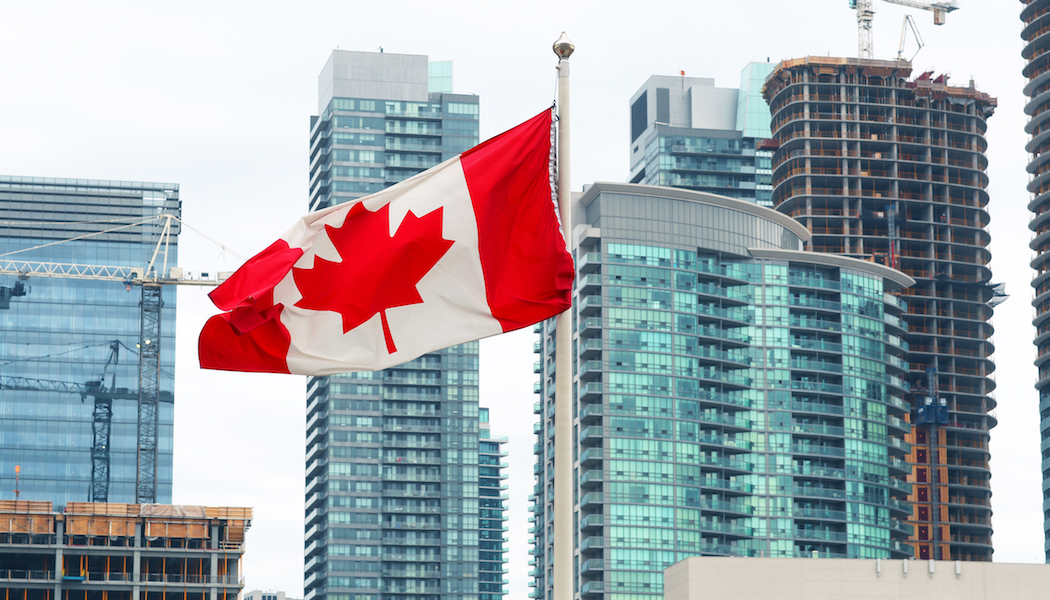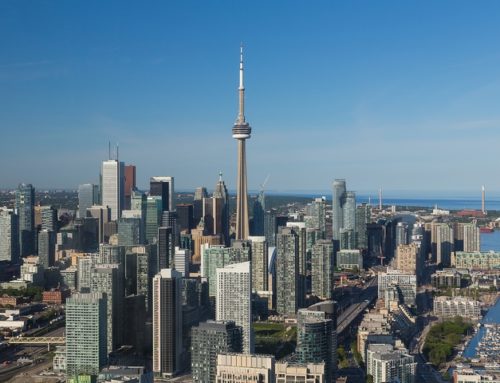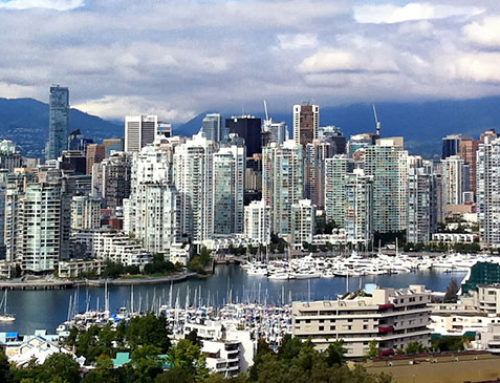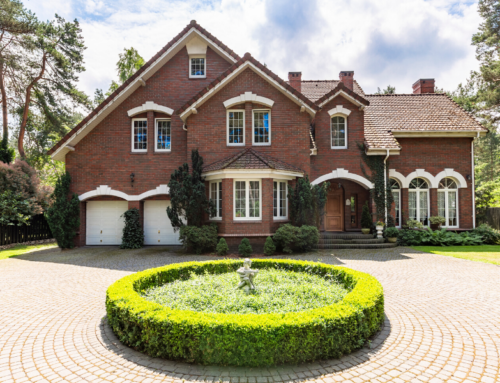In true Canadian fashion, our housing affordability crisis could be solved if our political parties can play nice. This means working together to address some issues, and politely staying out of others.
Outside of creating more supply and boosting housing affordability, I urge governments to refrain from meddling in the private real estate market. History shows that when they do, their policies often do more harm than good.
From a housing perspective, it’s been an interesting and enlightening campaign period leading up to the 2019 federal election. Canadians agreed on one thing: housing affordability and cost of living are a top priority. Beyond that, voters were at odds about which party would best address the problem. And they still are. Our newly elected Liberal minority government is expected to lean heavily on support from the NDPs. This prospect of “playing nice” could be our saving grace.
Reflecting on the last four years, Canada’s housing quagmire only seems to have gotten muddier since the Liberals took power. Since 2015, we’ve seen house prices and rents skyrocket in parts of Ontario, while housing supply dwindles. This story of unsustainable growth is in stark contrast to the turmoil transpiring in the west, with Liberal policies taking the brunt of the blame for the state of British Columbia, Alberta and Saskatchewan. Generally speaking, the Liberals haven’t had a positive impact on real estate – yet.
The solution to Canada’s housing woes, at least for the next four-year term (barring any political shake-ups, which could cut that short) might be found through collaboration.
In their 40-day campaign period, the New Democrats and Conservatives laid out some seemingly solid plans to address the housing crisis, tabling changes to the mortgage stress test, a return of 30-year amortizations for first-time homebuyers (even though it’s likely that both of these policies would have only pushed prices up in the long run) and boosting housing supply. Meanwhile, the Liberals appear to be expanding on their existing policies, much to the chagrin of Canadians who believe change is in order.
To give credit where it’s due, Team Trudeau did make some smart moves in the last four years. The National Housing Strategy was one such win, established in 2017 to help reduce homelessness and increase the availability and quality of affordable housing, at a cost of $50 billion over 10 years. Trudeau also increased the amount first-time homebuyers can withdraw from their Registered Retirement Savings Plan, from $25,000 to $35,000. And let’s not forget about the well-timed First-Time Home Buyer Incentive, an interest-free government loan that covers up to 10 per cent of a home’s price, designed to lower monthly mortgage payments.
Now it’s time for a reality check. The Liberals’ 2019 campaign included a promise to boost the First Time Home Buyer Incentive amount in Toronto and Vancouver, to offset the sky-high prices in these markets. But when the average home hovers around $800,000 and $1 million respectively, the First Time Home Buyer Incentive isn’t much of an incentive. The Liberals have also tabled a one-per-cent speculation tax on vacant homes owned by foreigners, which could limit price growth. But in reality, this policy won’t have much impact on the average Canadian.
Reality check #2: the mortgage stress test. The Liberals did not address this prohibitive policy, originally implemented to put the brakes on Canada’s runaway housing markets. While it did help level out Toronto’s and Vancouver’s unprecedented price growth, the policy has come under scrutiny for being outdated and ultimately, a barrier to home ownership. I am 100 per cent supportive of responsible debt levels and policies to ensure that goal, but even with the recent modifications, the mortgage stress test is more hindrance than help.
Reality check #3 and perhaps the biggest miss in the Liberals’ platform is the issue of housing supply, which is at the crux of our affordability crisis. Between the lack of rental housing, supply of affordable housing and less incentive for developers to build new communities, Canada is experiencing a serious housing shortage. This is particularly true in Vancouver and Toronto, where the average cost of living continues to tick upward, and residents are left scrambling for affordable alternatives.
The reality check that the Liberals so desperately need could come from the NDP, Conservatives, Greens and the Bloc sitting beside them in the House of Commons. But the collaboration can’t stop at the federal level. Canada’s leaders will have to work closely with provincial and municipal governments, as well as the private sector, to increase housing supply.
Many Canadians, especially millennials, new immigrants and those employed in the so-called “gig economy” feel home ownership has become an elusive dream. Real estate continues to be a safe and reliable financial investment for Canadians, and I urge Canada’s new government to collaborate and develop a national housing strategy that addresses all issues relating to affordability and supply. Canadians’ future is at stake.









